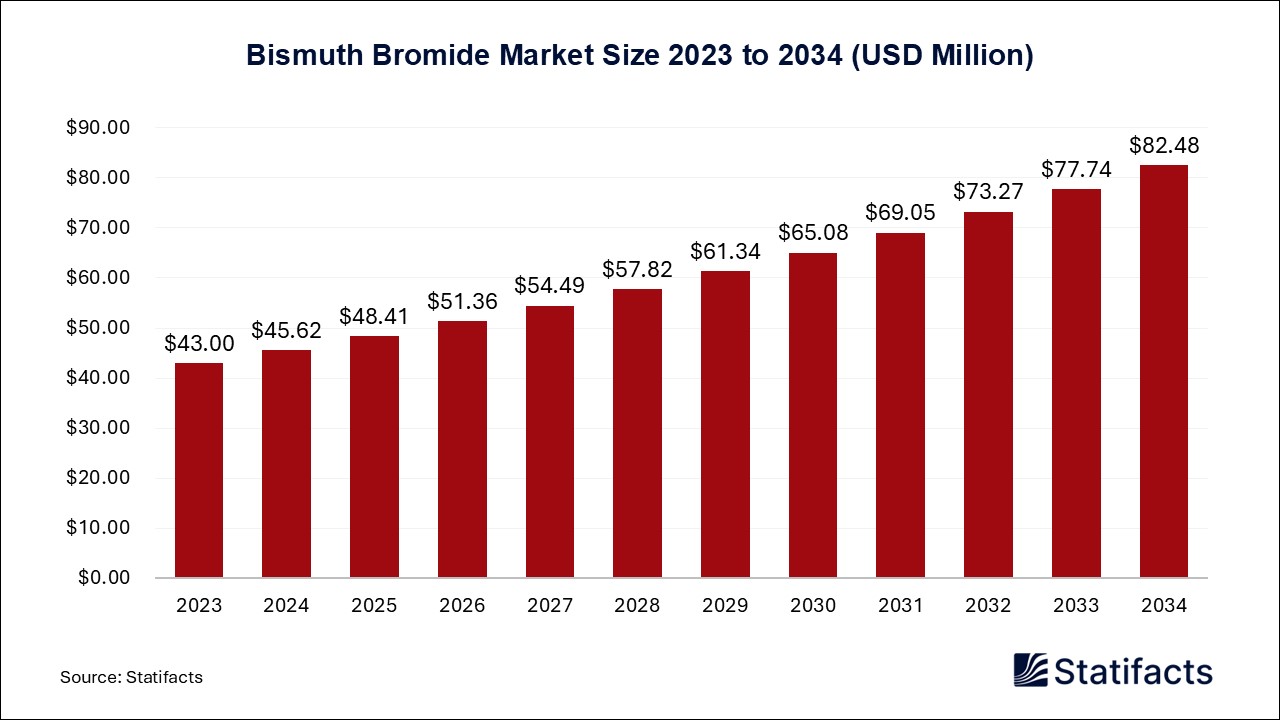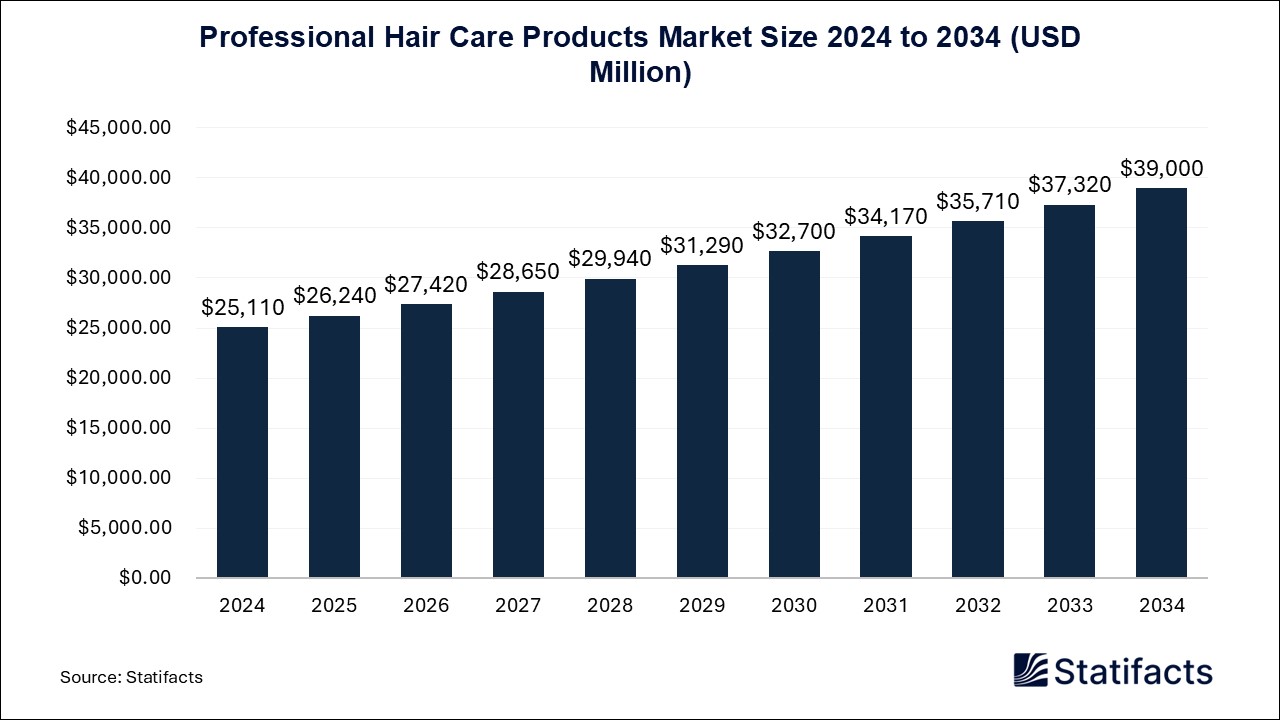
By clicking “Accept All Cookies” you agree to the storing of cookies on your device to enhance site navigation, analyze site usage, and assist in our marketing efforts.
Privacy PolicyThe global oncology companion diagnostic market size surpassed USD 5,204 million in 2024 and is predicted to reach around USD 12,095 million by 2034, registering a CAGR of 8.8% from 2025 to 2034.
| Industry Worth | Details |
| Market Size in 2025 | USD 5,204 Million |
| Market Size by 2034 | USD 12,095 Million |
| Market Growth Rate from 2025 to 2034 | CAGR of 8.8% |
The oncology companion diagnostic market refers to the production, distribution, and application of oncology companion diagnostic, which is a medical device that may be an in vitro diagnostic (IVD), which provides information that is essential for the safe and effective use of a corresponding drug or biological product. Companion diagnostic types include Warfarin INR Test Meters, tests used in clinical care, precision medicine, laboratory-developed tests, home-use tests, drugs of abuse tests, and blood glucose monitoring devices. Diagnostic procedures for cancer may include imaging, laboratory tests, tumor biopsy, endoscopic examination, surgery, or genetic testing.
A companion diagnostic is a medical device, maybe an in vitro diagnostic (IVD), which provides information that is essential for the safe and effective use of a corresponding drug or biological product. Companion diagnostics can monitor the response to treatment with a particular therapeutic product to adjust treatment to achieve enhanced safety or effectiveness, identify patients likely to be at an increased risk for serious side effects as a result of treatment with a particular therapeutic product, and identify patients who are most likely to benefit from a particular therapeutic product.
Increased investment in research and development driving the growth of the oncology companion diagnostic market. Successful implementation of such an approach requires a test that can accurately and reproducibly identify these molecular alterations. Companion diagnostics make tissue-agnostic, biomarker-driven drug development efforts a reality by a means to identify such alterations. Investing in research and development (R&D) is a direct contributor to overall global success for many reasons. R&D drives innovation, improves competitive advantage, facilitates market expansion, and contributes to sustainable development. The benefits of investment in research include more informed decision-making and risk mitigation.
Machine learning, artificial intelligence, and data science are empowering investment research analysts to process vast amounts of data rapidly and derive actionable insights. R&D can lead to innovations in business. These may be in terms of new products and services, improved processes, and new ways to interact with customers. These innovations can result in lower costs and greater profits. Innovation is also a helpful way to grow business. R&D spending by itself doesn't guarantee profitability and strong stock performance. Some companies see a payoff from spending heavily on R&D when projects are deemed to be successful. Research and development represent the activities companies undertake to innovate and introduce new products and services or to enhance their existing offerings. R&D allows a company to stay ahead of its competition by catering to new wants or needs in the market.
Growing demand for targeted therapies is driving the growth of the oncology companion diagnostic market. Targeted therapy's major benefit is that it can kill cancer cells without damaging healthy cells. It can also block cancer cells from growing. Healthcare providers may recommend targeted therapies when other treatments haven’t been effective. The benefits of targeted therapies include enhanced quality of life, enhanced effectiveness, potentially fewer side effects, and potentially less harm to normal cells.
Targeted therapy helps your body control the way cancer cells grow. There are different types of targeted treatments that destroy cancer in different ways. Targeted therapy can be up to 80% effective, but traditional courses of chemotherapy only offer an approximately 30% chance of success. Specific targeted therapies can mark cancer cells so it is easier for the immune system to find and destroy them. Other targeted therapies help boost your immune system to work better against cancer.
Published by Rohan Patil
| Subsegment | 2024 | 2025 | 2026 | 2027 | 2028 | 2029 | 2030 | 2031 | 2032 | 2033 | 2034 |
|---|---|---|---|---|---|---|---|---|---|---|---|
| Product | - | - | - | - | - | - | - | - | - | - | - |
| Instrument | - | - | - | - | - | - | - | - | - | - | - |
| Consumables | - | - | - | - | - | - | - | - | - | - | - |
| Software | - | - | - | - | - | - | - | - | - | - | - |
| Services | - | - | - | - | - | - | - | - | - | - | - |
| Subsegment | 2024 | 2025 | 2026 | 2027 | 2028 | 2029 | 2030 | 2031 | 2032 | 2033 | 2034 |
|---|---|---|---|---|---|---|---|---|---|---|---|
| Polymerase Chain Reaction (PCR) | - | - | - | - | - | - | - | - | - | - | - |
| Next-generation Sequencing (NGS) | - | - | - | - | - | - | - | - | - | - | - |
| Immunohistochemistry (IHC) | - | - | - | - | - | - | - | - | - | - | - |
| In Situ Hybridization (ISH)/Fluorescence In Situ Hybridization (FISH) | - | - | - | - | - | - | - | - | - | - | - |
| Other Technologies | - | - | - | - | - | - | - | - | - | - | - |
| Subsegment | 2024 | 2025 | 2026 | 2027 | 2028 | 2029 | 2030 | 2031 | 2032 | 2033 | 2034 |
|---|---|---|---|---|---|---|---|---|---|---|---|
| Breast Cancer | - | - | - | - | - | - | - | - | - | - | - |
| Non-small Cell Lung Cancer | - | - | - | - | - | - | - | - | - | - | - |
| Colorectal Cancer | - | - | - | - | - | - | - | - | - | - | - |
| Leukemia | - | - | - | - | - | - | - | - | - | - | - |
| Melanoma | - | - | - | - | - | - | - | - | - | - | - |
| Prostate Cancer | - | - | - | - | - | - | - | - | - | - | - |
| Others | - | - | - | - | - | - | - | - | - | - | - |
| Subsegment | 2024 | 2025 | 2026 | 2027 | 2028 | 2029 | 2030 | 2031 | 2032 | 2033 | 2034 |
|---|---|---|---|---|---|---|---|---|---|---|---|
| Hospital | - | - | - | - | - | - | - | - | - | - | - |
| Pathology/Diagnostic Laboratory | - | - | - | - | - | - | - | - | - | - | - |
| Academic Medical Center | - | - | - | - | - | - | - | - | - | - | - |
To get full access to our Market Insights, you need a Professional Account or a Business Suite.

You will receive an email from our Business Development Manager. Please be sure to check your SPAM/JUNK folder too.

You will receive an email from our Business Development Manager. Please be sure to check your SPAM/JUNK folder too.

Our customers work more efficiently and benefit from



